100km London to Southend
Overview
The ride is both magnificent and edgy, solitudinous and noisy. The light of the river, the meeting of the sea, the docks which served an empire, and the lonely marshes where wild horses roam weave their tales like gold thread in an exotic cloth. There are any number of castles, forts and garrisons, sea walls which have been turned into the world’s longest outdoor art gallery, and all the while, the immensity of the river’s sheltering sky. It is both a challenging and immersive ride which will live long in the memory.
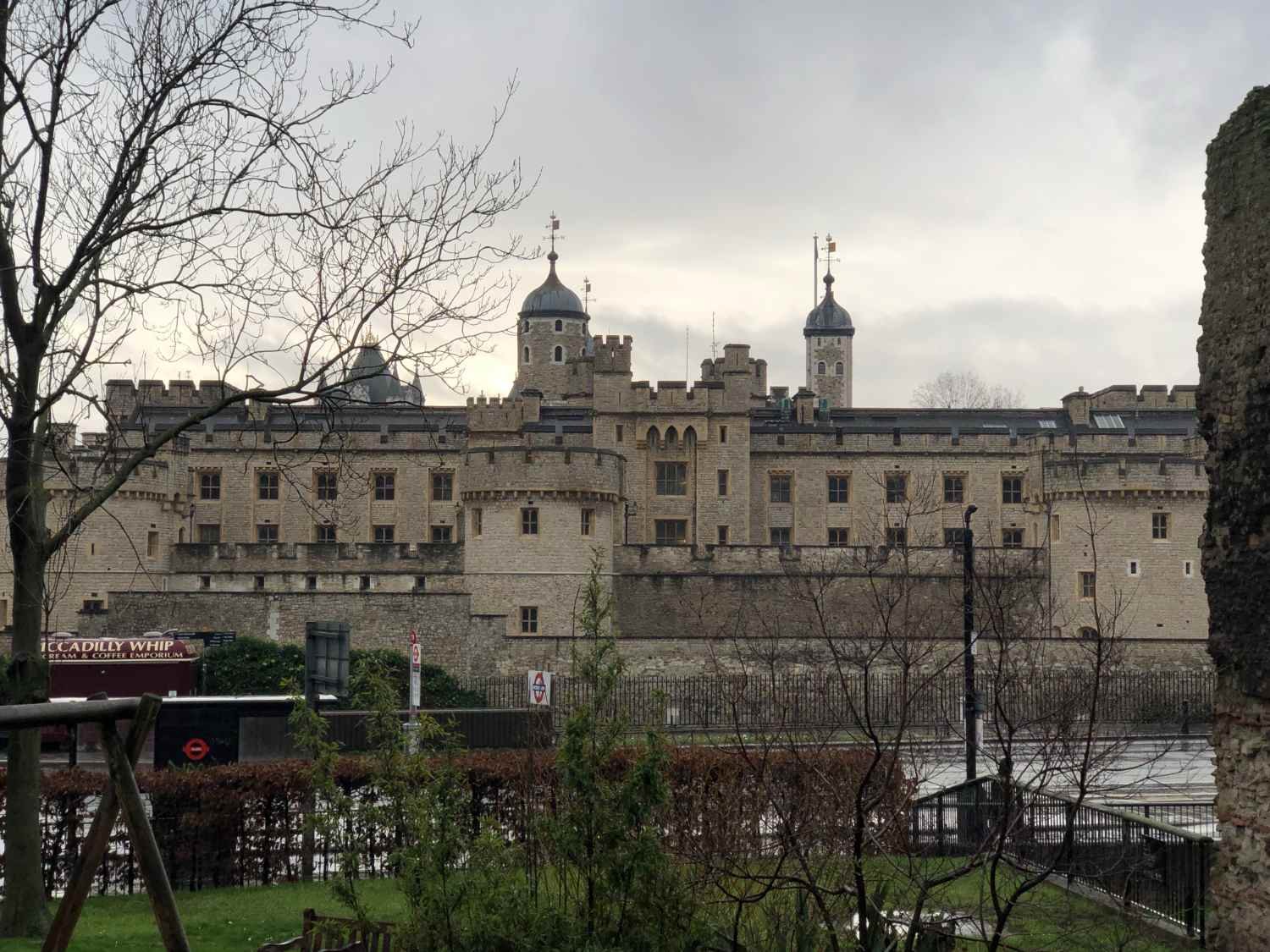
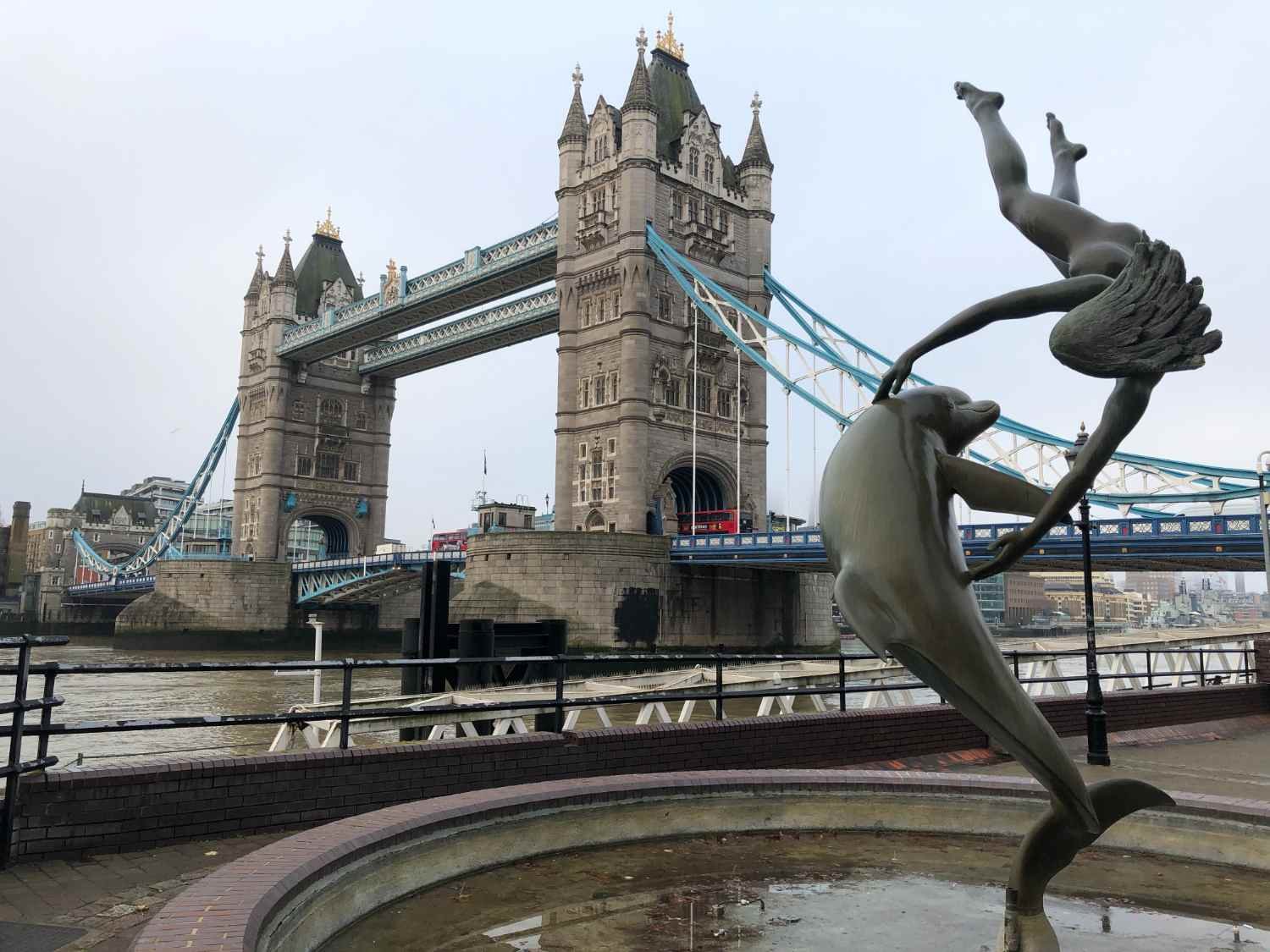
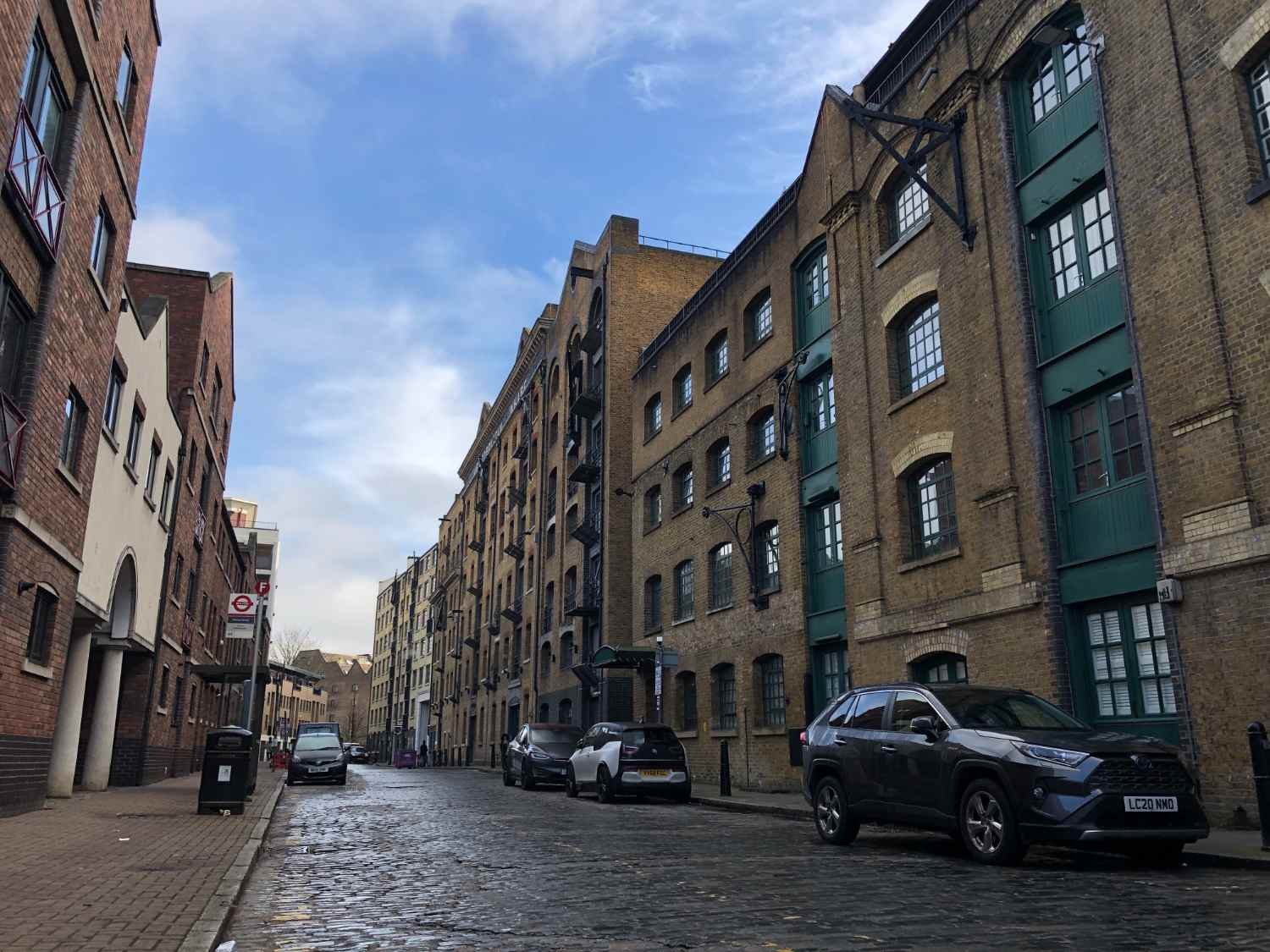
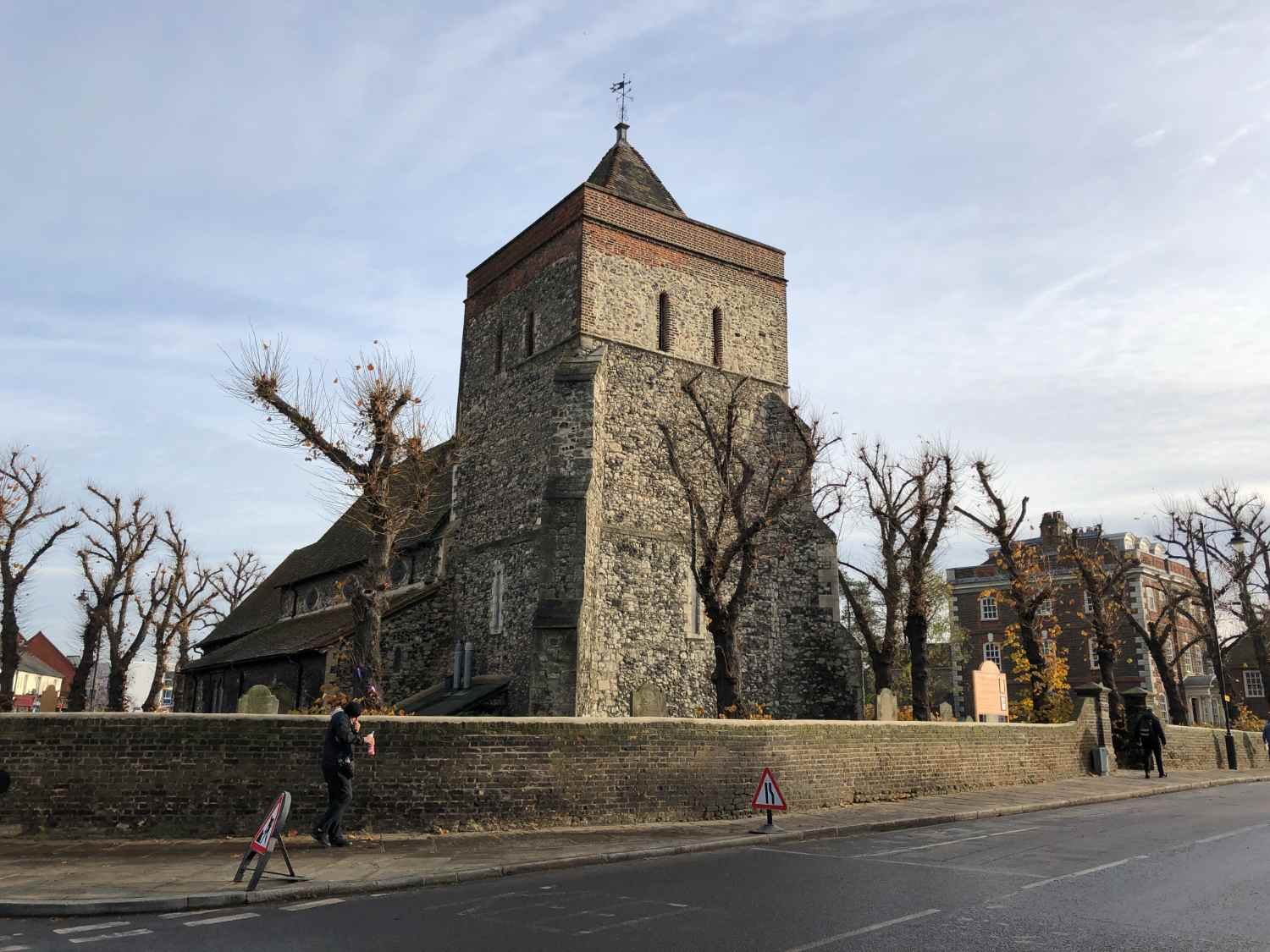
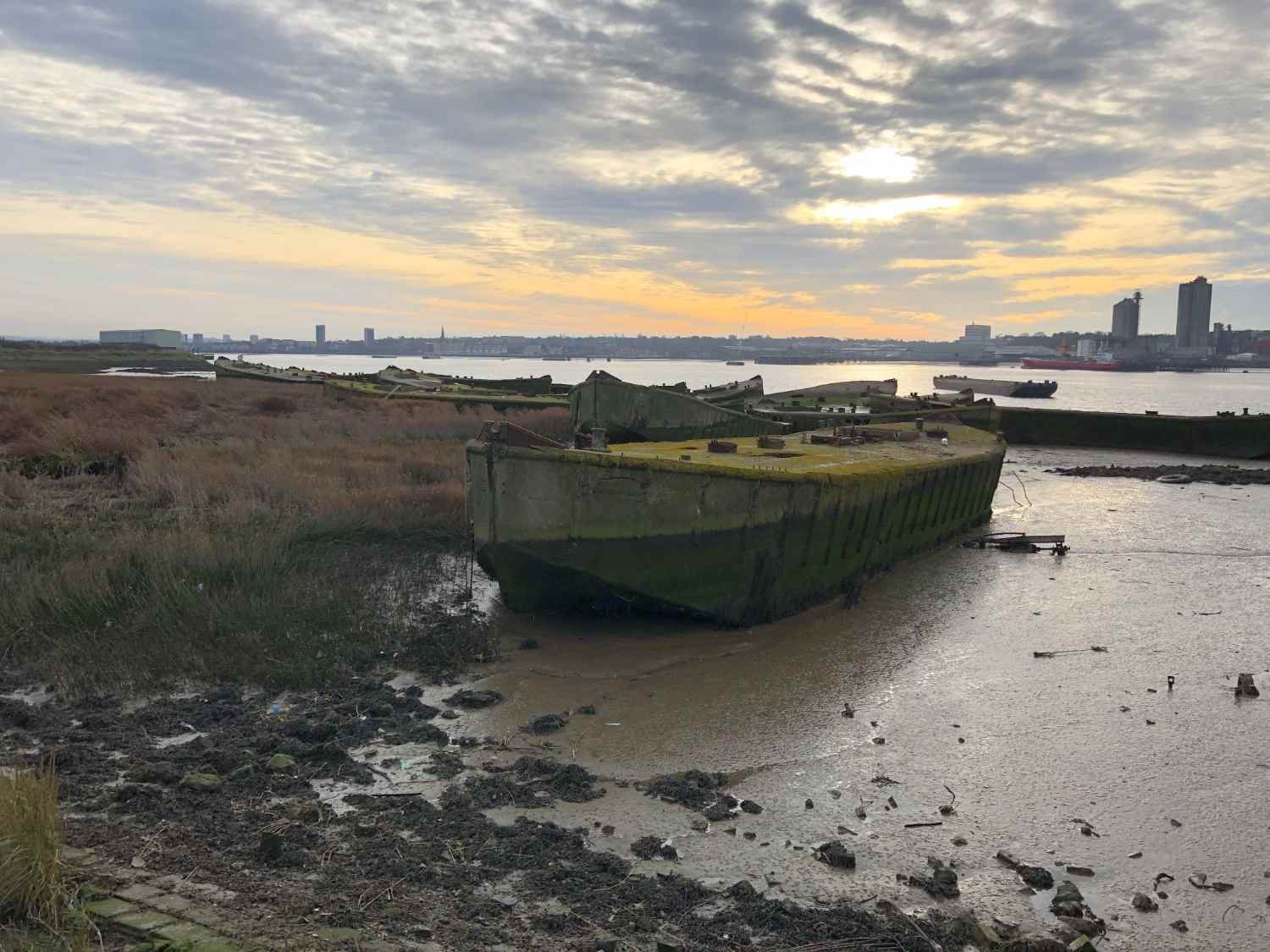
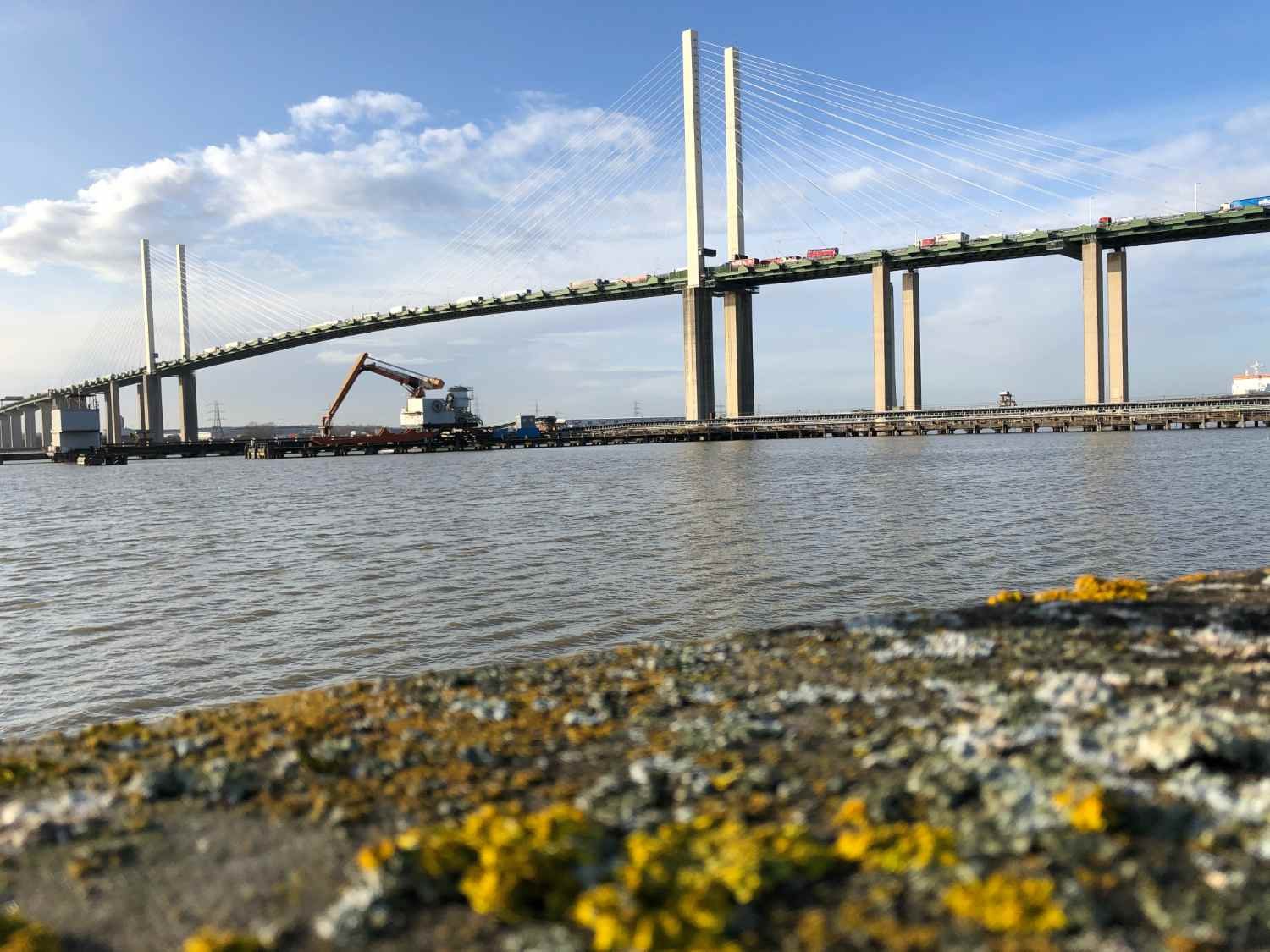
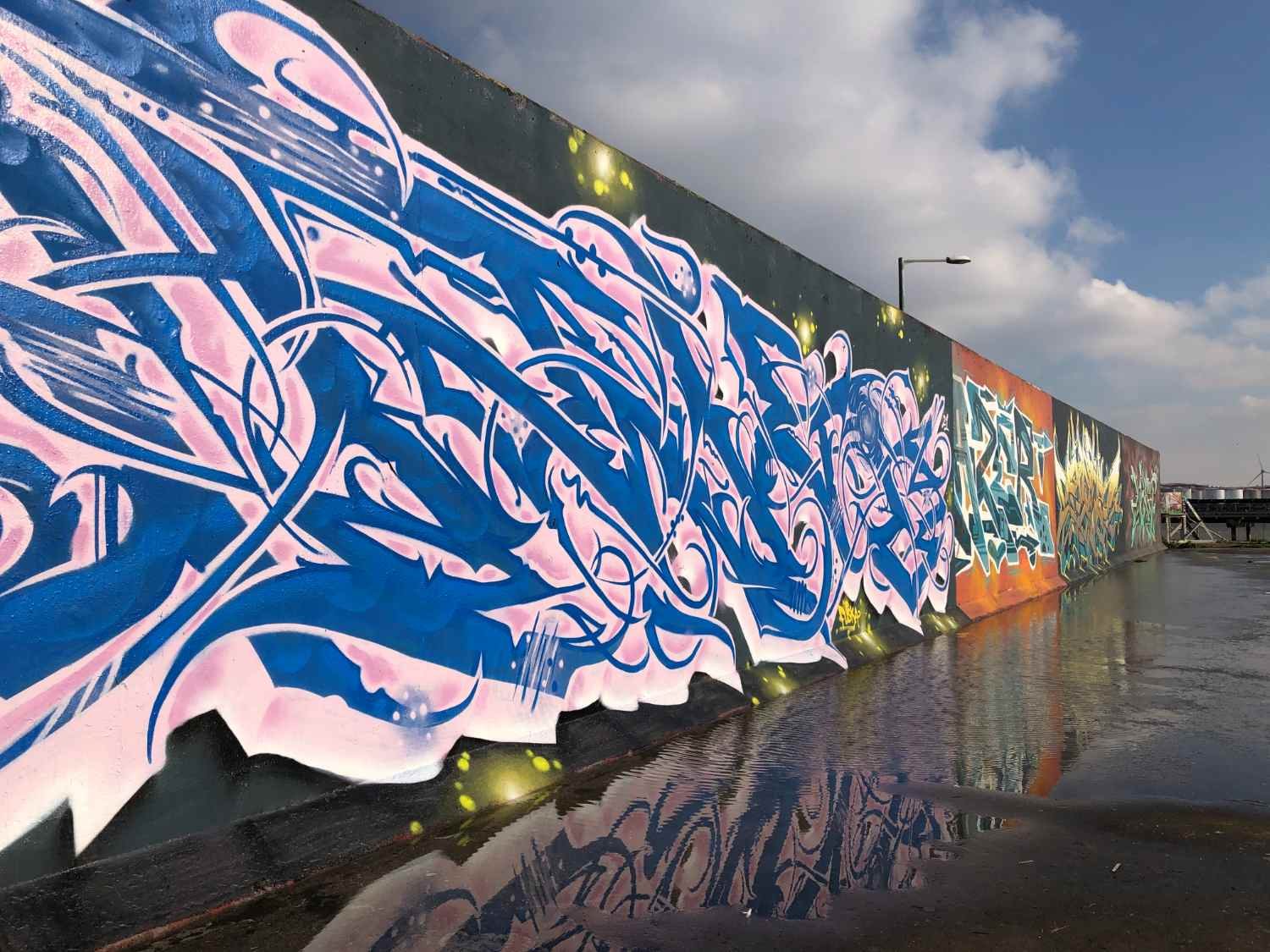







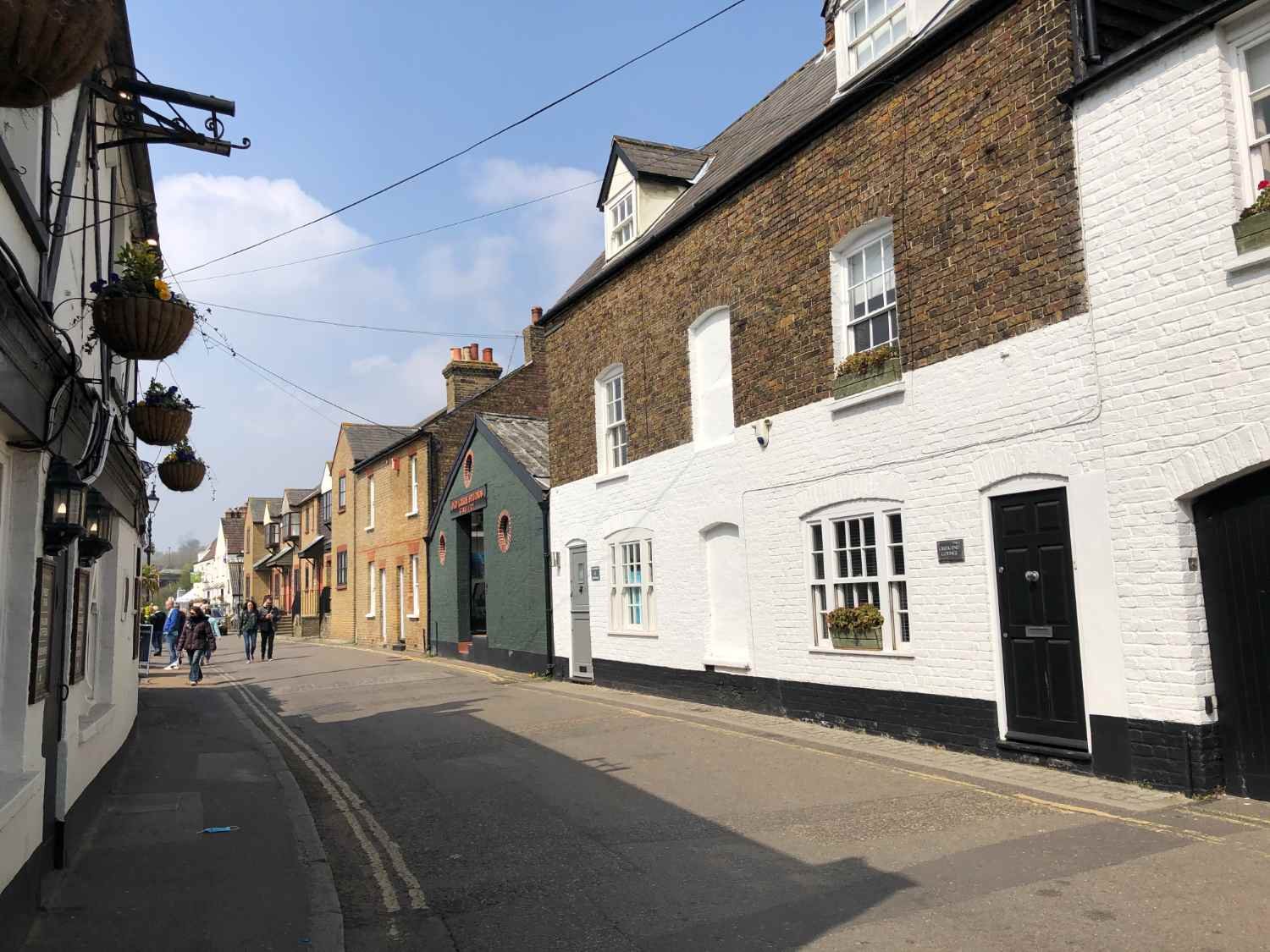
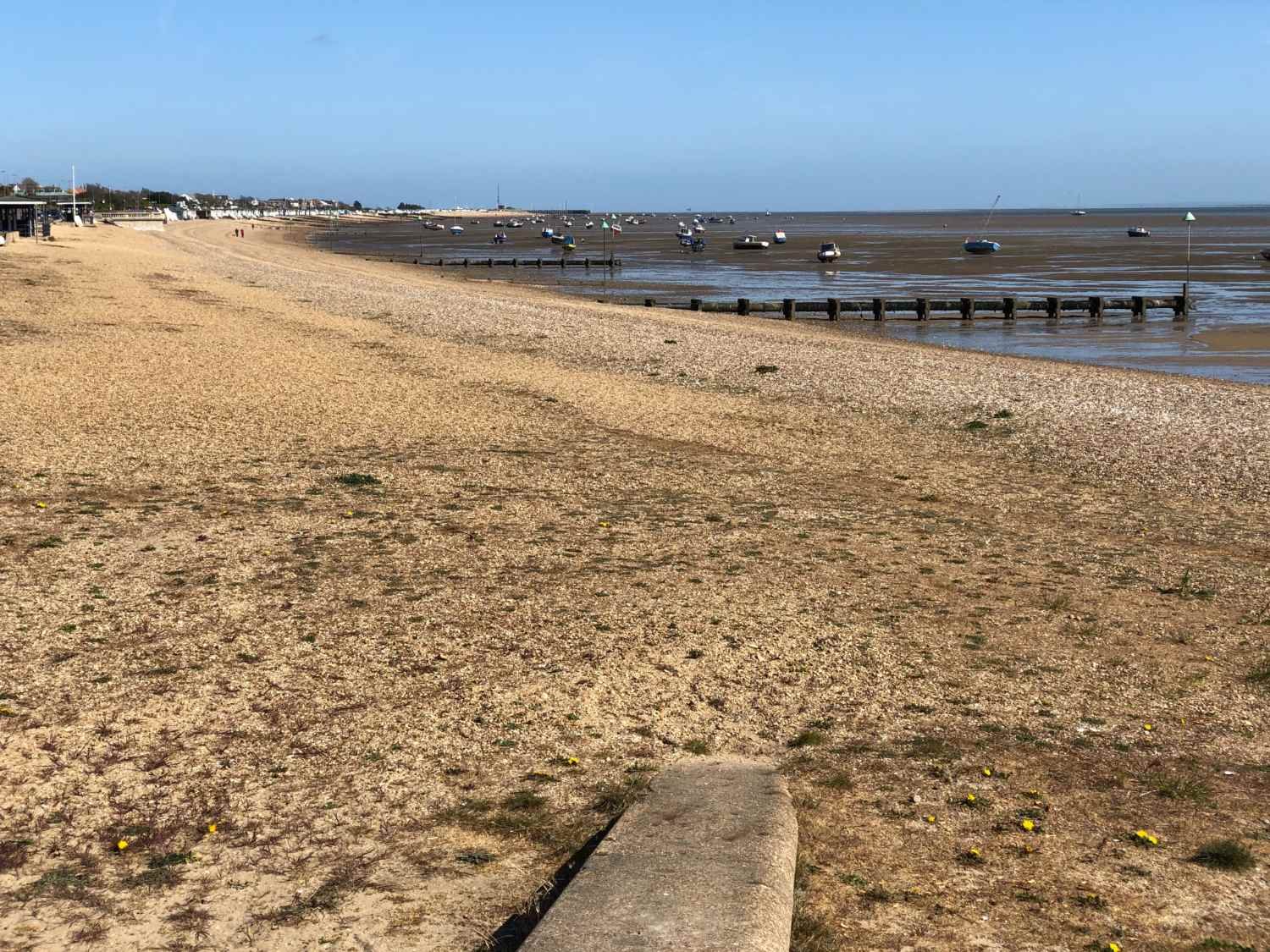
Ride practicalities
START/FINISH: Tower Hill/Shoeburyness DISTANCE: 100KM. TOTAL ASCENT: 462m TERRAIN AND SURFACES: Cycle lanes, gravel and some minor roads without cycle protection MAINLINE TRAIN SERVICES: Fenchurch Street/Liverpool Street/Shoeburyness (Access to the start also from DLR Tower Gateway and TfL Underground Tower Hill) LINKS TO OTHER RIDES: Cycling across Greater London West to East, NCN 13, NCN 13 London Section, Bayswater to Purfleet RECOMMENDED FOOD AND DRINK; Rainham Marshes; RSPB cafe, Mucking Marshes; Essex Wildlife Trust cafe
Feel free to comment on this ride, including anything that you really enjoyed, or route changes, or food and drink stops, and don’t forget to stay updated on all future rides by subscribing to the website.
Ride Details
The ride begins beneath the allegorical sculpture of Old Father Thames on the facade of the former Port of London Authority building. Joining the C3 cycleway, you ride past the Tower of London - the first of many Thames-side fortifications - and riding down Tower Hill, you arrive in St. Katherine’s Docks, where the yachts of millionaires have replaced the trading ships of old. From the glamourised dock to the gentrified warehouses of Wapping, the ride is very lovely and even majestic, as you bump along London’s longest cobbled street, through the old Docklands.
As you pedal eastwards, you’ll notice how the scale changes from the intimacy of a city, to a wider and more expansive panorama, ending with the final triumphant expanse of the Royal Docks.
After the gleaming, glass-fronted modernity of the Isle of Dogs, the next section is positively gritty, but not without its charms. Continuing on the segregated C3, you ride into the heavy industrialised lands of Dagenham Dock, where the air is filled with an industrial cacophony and the grit of aggregates. It’s heavy-metal music on a grand scale - vibrant, exciting and powerful.
John Kaufmann’s The Diver, Rainham
The next section could not be a greater contrast. The Rainham marshes are one of London’s more remote and wild spots. Here amongst the vast reed beds, tens of thousands of migratory birds pass their seasons and the sea wall is lined with twitchers eager for a rare sighting of a Dartford Warbler, or whatever has flown through that day.
The Thames now looks very estuarine, with its languid waters and distant southern shores. John Kaufmann’s Diver stands proud in the mud, a memorial to those who have given their lives to the depths. Perhaps the strangest thing of all, are the Mulberry Barges lying haphazardly beside the shore. They were built for the Normandy landings in 1944 and were probably never used. No one is quite sure how they got here, but they don't look out of place and are a home to cormorants and gulls. Beside the path are many pop-up pirate jokes to keep you entertained as you ride around the huge mound of the Rainham landfill site, which for over 150 years has been receiving London’s rubbish. Huge earth-movers are sculpting the mound into a country park.
As you cross into Essex, you ride through Purfleet, which due to its distance from the city, has been home to Dracula, a space to store gunpowder and a temporary place for the quarantining of victims of smallpox and other 19th century diseases.
Grimald Lines on the Thames, on the way to Dagenham Dock
The next few miles are amongst some of the strangest you’ll ever ride. Technically, the route uses a footpath, but it’s so often used by bikes, that the definition has become hazy to say the least. You ride along rough gravel paths, through scrublands, and from time to time you have to carry your bike up and down a few steps as the path bridges pipes and ramps. Oil storage tanks, new car depots, piles of aggregates and ships populate both sides of the path. The last bridge across the Thames, The Queen Elizabeth Bridge, arches above you. It is all strangely adventuresome and appealing.
At Thurrock you pass perhaps the oddest juxtaposition of buildings; the medieval church of St. Clements with its banded 15th century tower, standing right up against the glaringly modern pink Hedley Soap factory.
The ride continues to be more Mad Hatter than Alice. In this semi-industrial wasteland, there is the sea wall which has become the longest open air art gallery in Europe - possibly in the world. Such is its prestige that it attracts wall artists from all over the UK. This is no mindless graffiti; each work has been carefully planned, and beautifully executed.
Leigh
On the river, tankers deliver oil, ships bring paper, wood and cars to the quays along the river. Percussive noises shred the air as electric cables fizz and unseen factories hammer rivets and cut metals. The World’s End pub just beyond the docks, has one of the more appropriate names for a pub, for truly, this is the end of London’s industrial world. Beyond is the serenity of the marshlands.
The cries of curlews and other wading birds replace the industrial noise, reeds and meres, the factories. Expanses of wild pasture where semi-wild horses roam becomes the norm. The riding is beautiful, lonesome and beguiling. But the mark of man is not yet done for the path at the foot of the sea wall is often covered in detritus left by the river’s high tides and you weave between washed up wooden pillars, plastic containers, and discarded tyres and toys. It is a surreal landscape.
Coalhouse, another estuary fort looks mean and menacing as you approach it across the grasslands. It was built in the 1860s using the most modern designs to defend London against another potential invasion by the French. But the marshy land and the weight of the fort did not go well together, nor did the rapid advances in artillery, so that the fort was sinking and practically obsolete just a few years after its completion.
Wall art and a soap factory
As you leave the fort, meres, lakes, woods, and rustling reeds cover the ground ahead as far as the eye can see. Yet under your tyres for the next few miles, are centuries of rubbish and methane. The gas is harnessed and used to produce electricity for the national grid and the reclaimed marshes are a home to tens of thousands of migrating birds. The peace and tranquility is profound, the sky huge, the isolation as great as it might be in a desert. It is the most remarkable of places.
Soon you are skirting the vast London Gateway Port, run by a Dubai consortium. The fully automated cranes - the largest in the world - can unload the biggest container ships in less than 24 hours. After Benfleet, you ride across the last stretch of marsh and creek to Old Leigh, a town of weatherboarding, trendy pubs, cockle sheds and artists studios. Thereafter, the route follows roads which lurch over small hills. They seem particularly hard after the many flat miles beforehand.
Southend is much derided, yet there is a stack of seaside things to enjoy - not least a train ride on the world’s longest pier. You could finish the route here, or continue on NCN 16, a segregated cycleway, to the old garrison town of Shoeburyness, where away from the hubbub of the town, you feel as if the land has run out, and that the river has run its course. With no more estuary to ride beside, this truly is the end.
Every route on this website has been carefully researched as well as ridden. However situations on the ground can change quickly. If you know of changes to this route, or cafes, pubs and the like which you think other cyclists need to know about, feel free to share your thoughts below.
If you enjoyed this guide, why not subscribe to the website so as not to miss other inspirational routes?
wheremywheelsgo.uk is a Feedspot UK Cycling top website




